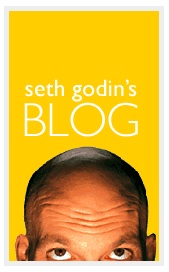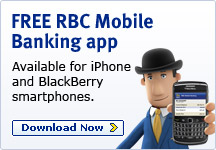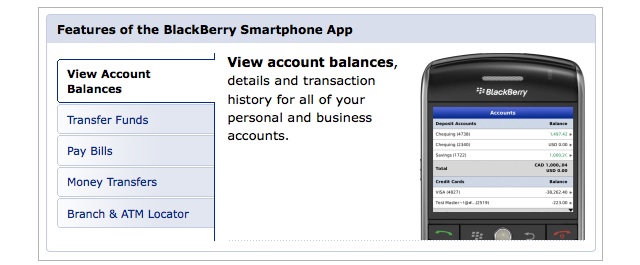Feb
18
2011

After reading Seth Godin’s blog, When was the last time you bought a tie, it got me thinking about market segmentation. In Seth’s blog, he talks about the difficulties of activating a segment of the market that isn’t looking as opposed to the easiness of targeting a market that “can’t wait for your arrival” (Godin, 2011). He argues that while most marketers think it is important to expand their target market, it is actually most beneficial to create products matching what the market is looking for, seeking out those people, and ignoring the rest.

- Failed Brand Extension: Colgate Kitchen Entrees
I thought this blog was particular interesting because we just talked about this in my marketing class. While brands can extend their name to an unrelated product category, it is not successful all the time. In addition to the failed brand extensions shown in class, I was curious to see what other products came up. After researching some online, I came across some very bizarre brand extensions on this website titled, Top 25 Biggest Flops of All Time. One that stood out to me was Colgate Kitchen Entrees which was a range of food products that Colgate decided to create. Apparently the idea was that consumers would eat their Colgate meal and then brush their teeth with the toothpaste. However, when a person hears the Colgate brand name, it doesn’t necessarily activate their taste buds. Going back to Seth Godin’s point, why create a new product to extend your brand if you already have a successful market with your existing product?
Feb
08
2011
As a Blackberry smartphone user and client of RBC bank, I was excited when I received an email about a month ago saying the free RBC mobile banking application which includes a full range of banking services was now available to download.

As part of RBC’s SWOT analysis of their company, they realized there was an opportunity to create a mobile banking application in order to cater to customers that need easy convenience to the bank. Before they realized there was an opportunity for this service, RBC did a situation analysis on their market and conducted research polls in order to gather information. According to the RBC website, they found that 44 percent of people were interested in a mobile banking option with Canadians wanting “the ability to check account balances (34 per cent), pay bills (32 per cent), view transaction history (28 per cent) and transfer funds between accounts (26 per cent).” RBC also realized the fact that a majority of their clients are business people with smartphones that need bank services on-the-go or an easy way to make payments.

However, 24 percent of people cited they would be worried about security and privacy concerns with the mobile service. In order to prevent this threat, RBC offered to provide the same safety and security as their online banking service and “if an unauthorized transaction is conducted through an RBC mobile banking service, clients will be reimbursed for any resulting losses to those accounts.”
With the recent release of this application in December 2010, I have since seen many advertisements on busses, bus stops, billboards, and malls. As part of RBC’s strategy, they are trying to attract new customers who want a service like this but their bank doesn’t provide it.
Feb
03
2011
After coming across Mandy Chow’s blog, iPhone 4 Face Time, it got me thinking about the marketing strategy behind iPhone 4. When the product came out, there was plenty of hype surrounding it but I never actually thought about the strategies Apple used to market the product until now. As Mandy mentioned in her blog, the video that she posted does indeed accomplish Maslow’s Hierarchy of Needs.
The video that Mandy posted prompted me to search up other iPhone 4 videos on Youtube and I came across this one which I thought was interesting. 
After watching it, I started thinking about iPhone 4’s marketing strategy. As I learned in my marketing class, a marketing strategy consists of a firm’s target market, a related marketing mix, and a sustainable competitive advantage.
I think the video shows that their target market is anybody of any age. They even branched out to the older generations by showing an older couple watch their granddaughter graduate with FaceTiming.
As for the product, they created value by promoting the FaceTiming service which allows people to see each other anywhere in the world. In return, they captured value through people’s purchases of the phone and hopefully happiness and loyalty to the company. For delivery of value, iPhone 4 can be easily bought at most phone stores in malls or be sent by mail. Lastly for promotion, iPhone 4 communicated its new FaceTiming Service through numerous videos and advertisements.
IPhone 4’s sustainable competitive advantage is through FaceTiming. No other phone company can bring people together by allowing them to talk face-to-face through their phone. Iphone 4 was smart to realize that they needed to diversify themselves in the market with something different from other smartphones and this was their solution.





